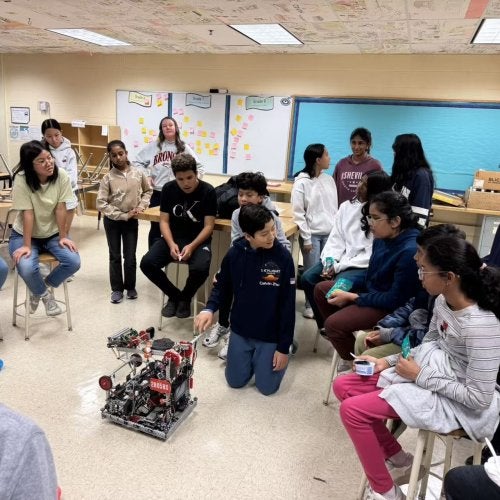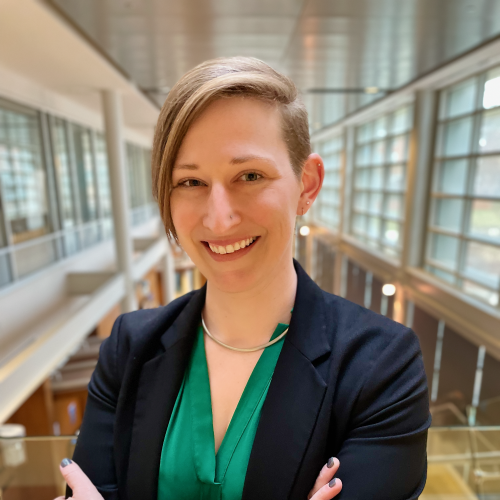“A central and important question is how to reduce prejudice and enable children to change group norms that promote unfair and inequitable treatment of others,” explains Dr. Melanie Killen, professor of Human Development and Quantitative Methodology at the University of Maryland College of Education.
Killen is the lead researcher on the Developing Inclusive Youth (DIY) program, a classroom-based, individually administered video tool that depicts peer based social inclusion and exclusion, combined with teacher-led discussions. The study was funded by the National Science Foundation and the National Institute of Child Health and Development.
“As humans, we’re members of many groups. One of the most prevalent experiences is social exclusion based on your group membership, such as gender, race, and ethnicity, which has the potential to create in-group bias and out-group distrust,” says Killen, who has been conducting research on children’s inclusion, exclusion, prejudice and bias for about 25 years. “Fortunately, children also develop concepts of fairness, equity, and equality early in life. The problem is that they do not always apply these concepts to situations in which someone appears to be different.”
One of the goals of the program is to help children recognize that treating someone differently because of the way that they look or where they come from is unfair and hurtful, and that looking different does not mean that commonalities do not exist.
This is particularly important because while research shows that the most significant predictor of reducing bias is cross-group friendships, cross-group friendships decline with age.
Killen and her colleagues evaluated the efficacy of the DIY program over the course of 10 weeks among 983 3rd - 5th-grade students, ages 8-11, and 72 teachers in 48 classrooms across six public schools in a large, ethnically diverse school district in Maryland. They conducted a randomized control trial to determine whether the program works.
Two separate activities comprised the process. First, students used a 15-minute web-based curriculum tool that focused on social inclusion and exclusion scenarios with multiple target groups, including race, gender, ethnicity, wealth status and immigrant status. For example, one child in the video made an excluding statement (“girls aren’t good at science”) and another countered with an including statement (“my sister is good at science”). The children were then prompted to answer questions such as: How does each child feel? Is it okay if the group excludes child X from their activity?
Following the computer exercise, students engaged in a 30-minute classroom discussion guided by a teacher facilitator who was trained to foster a space that encouraged respectful dialogue based on both the DIY training tool and students’ personal experiences.
The results, overall, were positive and encouraging.
“Our study showed that the program works,” says Killen. “Kids in the program had fewer stereotypes about diverse peers, displayed more positive math and science competency beliefs (whether their peers were good at science and math), were more likely to think social exclusion based on race is wrong, and that social inclusion based on race is likely.”
Working to reduce bias and promote inclusive classroom environments helps all children. She adds, “If you’re excluded, you’re not motivated to go to school, which doesn’t help you succeed academically.”
In addition, the health consequences for children who experience social as a result of prejudice include compromised health and well-being, stress and anxiety. Reducing prejudice and bias, then, has positive health, attitudinal, and academic outcomes from childhood to adulthood.


